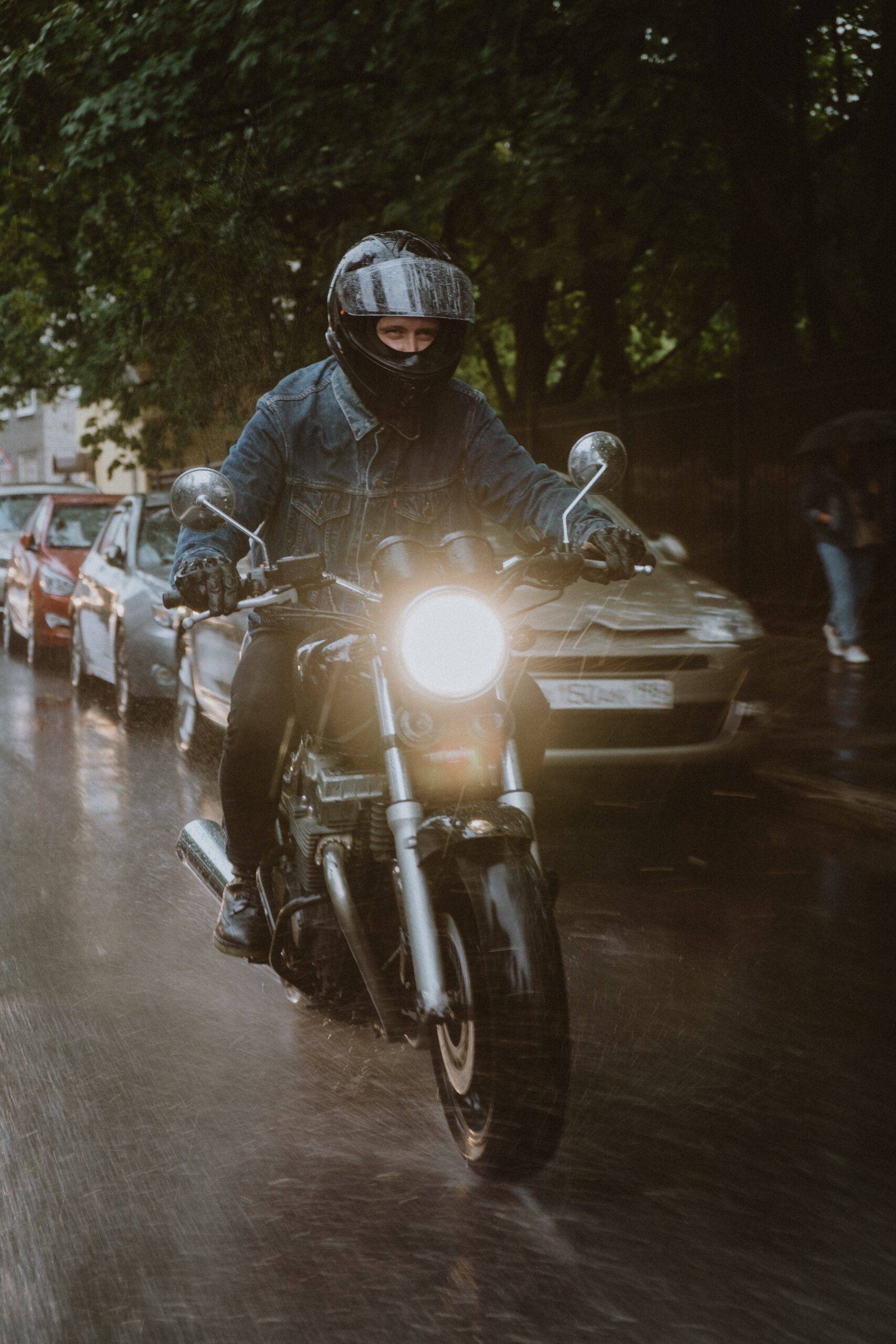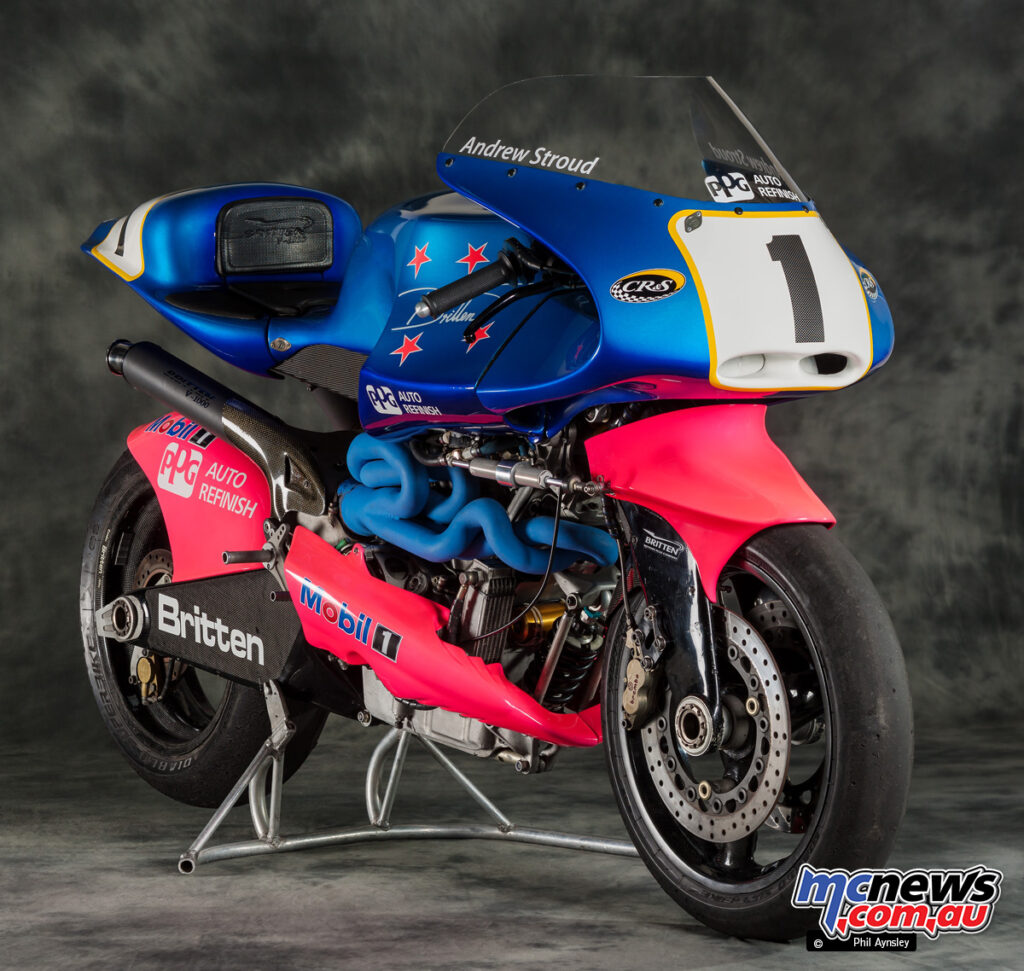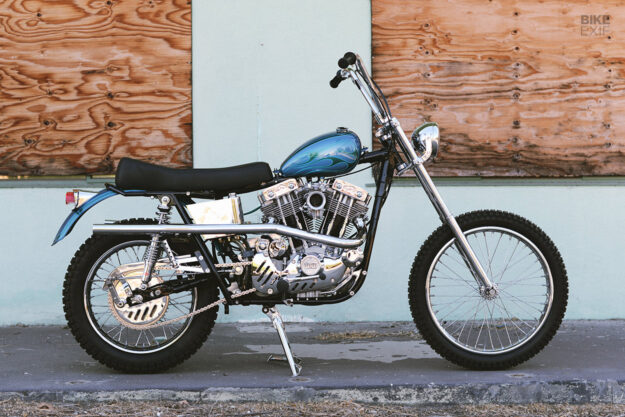Table of Contents
Like the human body, cars and motorbikes need updates, nourishment, upgrades, or nutrients to keep them healthy. As for motorcycles, they need new parts to compliment the motorcycles that you love to be with you for a long time. And help save your life in the event of an emergency. The closer it gets to the rainy season, travel must be mindful, and the motorcycle must be in nearly 100% condition as much as possible for yourself. So let’s go through these 5 points checklists to ensure you have a fun riding experience during the rainy season.
1: Tires
The most critical aspect of rainy season motorcycle maintenance is ensuring your tires are in excellent condition. Wet roads significantly reduce traction, making it easier for your bike to slip. Start by inspecting the tread depth of your tires. The tread helps channel water away from the contact patch, improving grip. If the tread is worn down, it’s time to replace the tires. As a rule of thumb, motorcycle tires should have at least 2-3 mm of tread depth for safe riding in wet conditions.

2: Battery & Cables
Your motorcycle’s battery is particularly vulnerable during the rainy season. Ensure the battery is fully charged and the terminals are clean and free from corrosion. A weak battery can fail unexpectedly, especially in damp conditions. If your battery is old or showing signs of decline, consider replacing it before the rainy season starts.
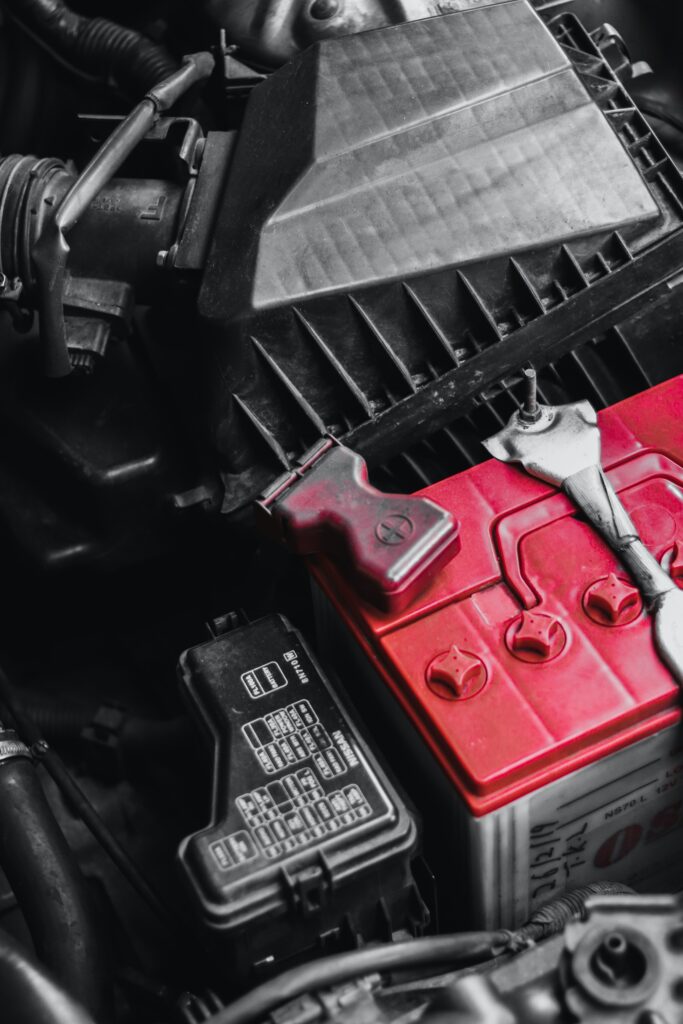
3: Brakes
Effective braking is crucial in wet conditions, where stopping distances are increased. Inspect your brake pads and discs for wear and tear. Worn brake pads should be replaced immediately to ensure maximum braking efficiency. Check the brake discs for any signs of warping or significant wear.
The condition of your brake fluid is another important consideration. Brake fluid can absorb moisture over time, reducing its effectiveness. Check the brake fluid level and top it up if necessary. If your brake fluid is old or contaminated, it’s a good idea to replace it with fresh fluid. Use a brake fluid recommended for your bike and consider one formulated for high moisture resistance.
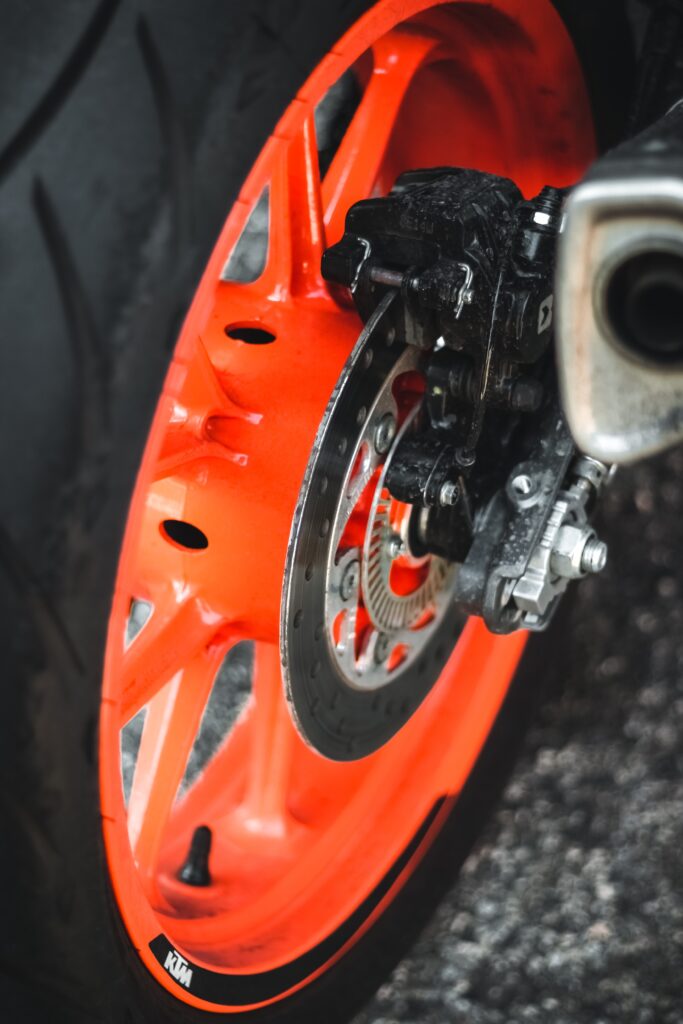
4: Exhaust
Motorcycles with lower exhaust exit pipes, especially cruiser motorcycles, should be careful during your outing in the rainy season. Avoid any water-logged area, due to low exhaust height, there are chances of water seepage through the exhaust if you by some way stall your motorcycle mid-way in the water. Plan your route well in advance to avoid such a situation. Make sure to park your motorcycle in a safe & high location to avoid water logging.

5: Lights
The majority of the accidents during the rainy season are due to low visibility. To be safe from such a situation, always ensure that your headlight & tail lights are functioning. That will keep you visible from the oncoming traffic, plus a good headlight will give you better road visibility ahead to avoid any potholes or bad road patches. Avoid white LED headlights, they tend to provide less visibility compared to normal yellow halogen bulbs. Make sure your turn signal indicators are functioning.

These are a few tips to have a happy motorcycle riding experience in the rainy season. However, whether driving during the day, at night, or on rainy, slippery roads, being mindful is important. Do not drink & ride, and most importantly, keep your vehicle in good condition & do not break any traffic rules.
Q: How often should I check my tire pressure during the rainy season?
A: It’s advisable to check your tire pressure at least once a week during the rainy season. Fluctuations in temperature and humidity can affect pressure levels, so regular monitoring ensures your tires remain at optimal performance and safety.
Q: What type of lubricant should I use for my motorcycle chain in wet conditions?
A: Use a heavy-duty chain lubricant designed specifically for wet conditions. These lubricants are formulated to adhere better and provide lasting protection against rust and wear, ensuring your chain remains in good condition even in the rain.
Q: How can I protect my motorcycle’s electrical components from moisture?
A: To protect your motorcycle’s electrical components from moisture, seal all electrical connections with waterproof tape or heat-shrink tubing. Applying dielectric grease to exposed connections can also help repel moisture and prevent corrosion.
Q: Should I adjust my braking technique in the rain?
A: Yes, apply brakes smoothly and progressively to avoid skidding. Increase your following distance and anticipate stops earlier to accommodate for reduced traction. Smooth braking helps maintain control and safety on wet roads.
Image Source


